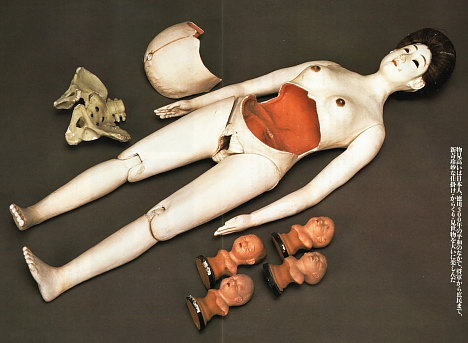
19th-century obstetric training doll - Wada Museum
In the 18th and 19th centuries, sideshow carnivals known as misemono were a popular form of entertainment for the sophisticated residents of Edo (present-day Tokyo). The sideshows featured a myriad of educational and entertaining attractions designed to evoke a sense of wonder and satisfy a deep curiosity for the mysteries of life. One popular attraction was the pregnant doll.
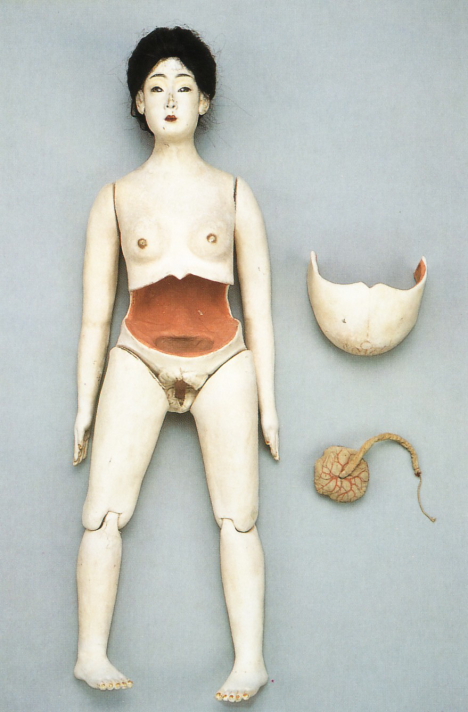
“Light-skinned” pregnant doll - Edo-Tokyo Museum
Although it is commonly believed that these dolls were created primarily to teach midwives how to deliver babies, evidence suggests they were also used for entertainment purposes.
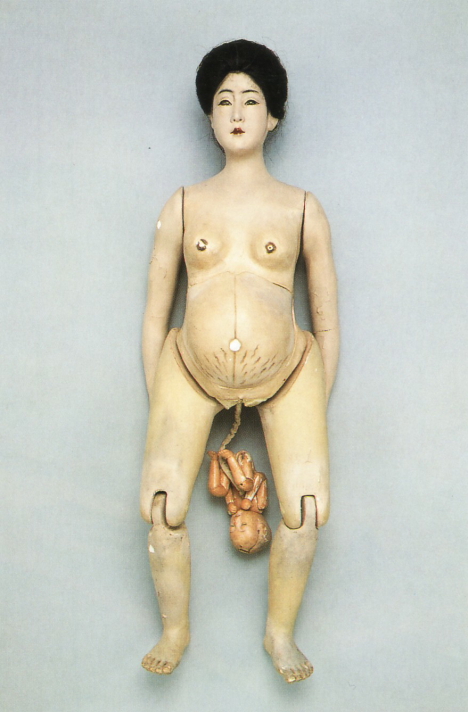
“Dark-skinned” pregnant doll - Edo-Tokyo Museum
For example, records from 1864 describe a popular show in Tokyo’s Asakusa entertainment district that educated audiences about the human body. The show featured a pregnant doll whose abdomen could be opened to reveal fetal models depicting the various stages of prenatal development.
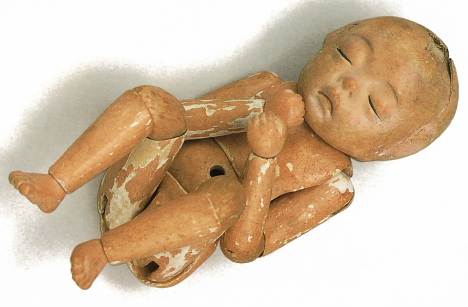
Baby doll - Edo-Tokyo Museum
Similarly, records of Japan’s first national industrial exhibition in 1877 indicate a Yamagata prefecture hospital doctor named Motoyoshi Hasegawa showed off an elaborate set of fetus models illustrating seven different stages of growth, from embryo to birth.
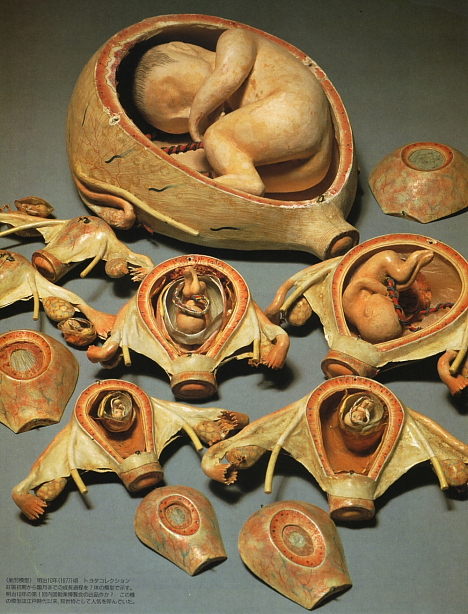
Fetus model set (circa 1877) - Toyota Collection
Although it is unclear whether the fetus model set pictured here is the same one Hasegawa showed in 1877, records suggest his model was a hit at the exhibition.



0 comments:
Post a Comment